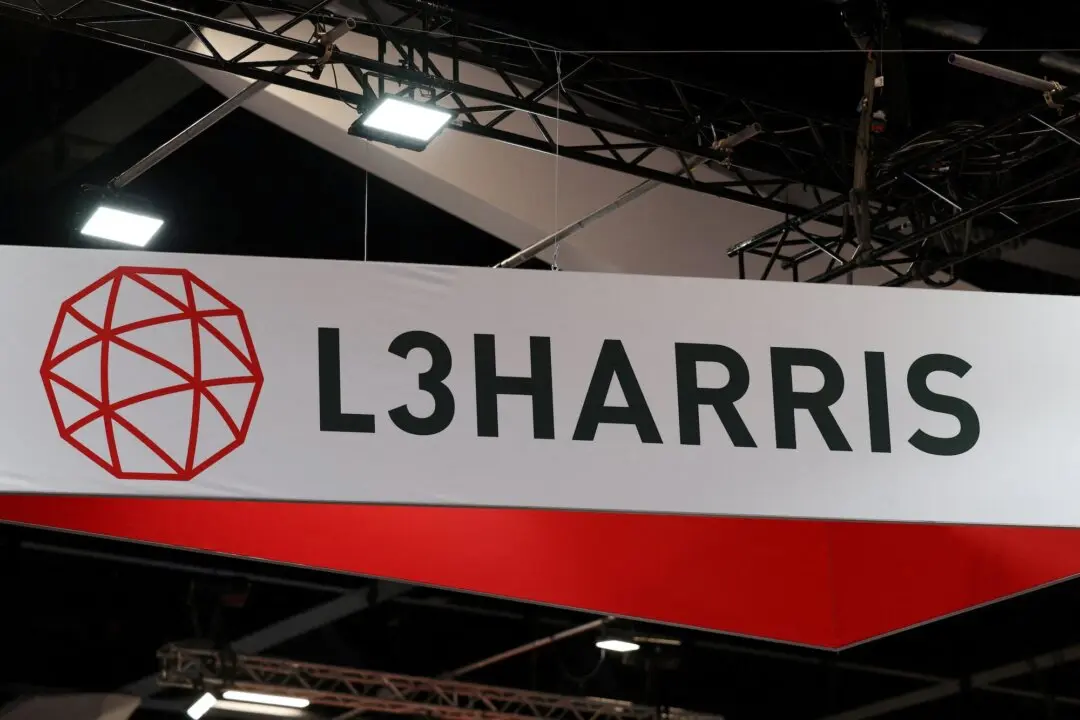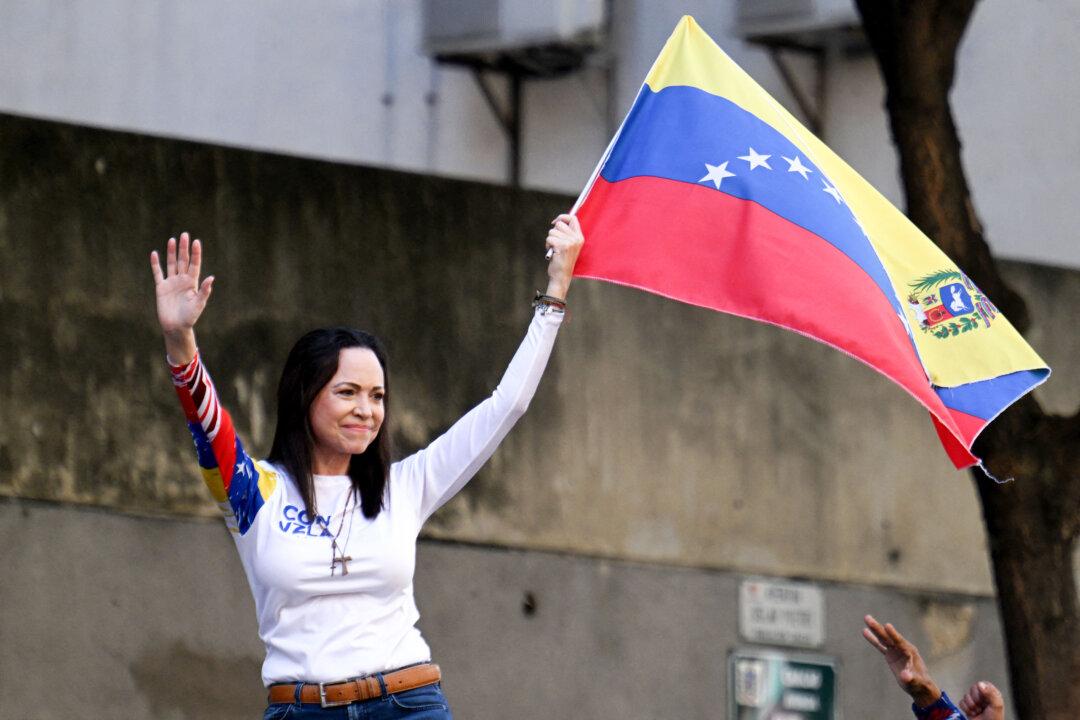The International Monetary Fund (IMF) is working on a platform that would allow various central bank digital currencies (CBDC) to interoperate on a global scale, Managing Director Kristalina Georgieva told participants at a conference.
“CBDCs should not be fragmented national propositions ... To have more efficient and fairer transactions, we need systems that connect countries—we need interoperability,” Georgieva said in Rabat, Morocco, on June 19.





